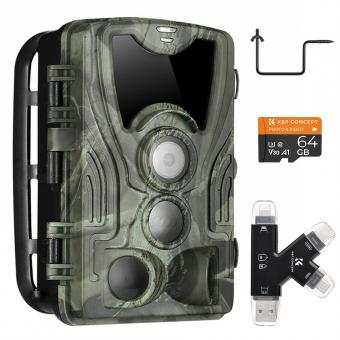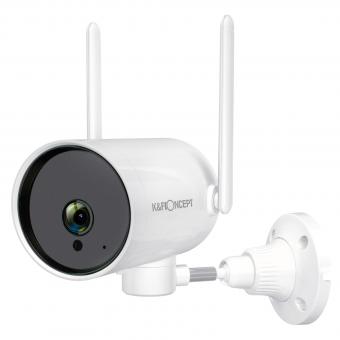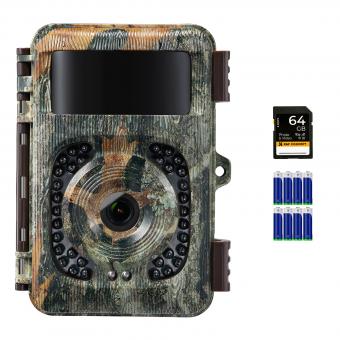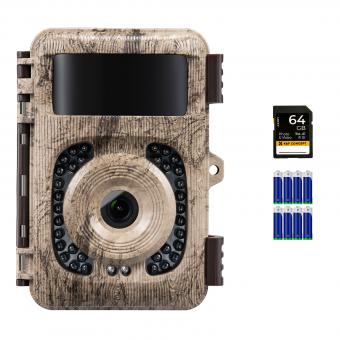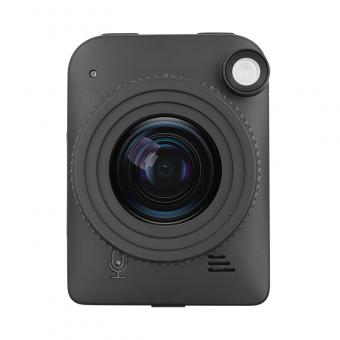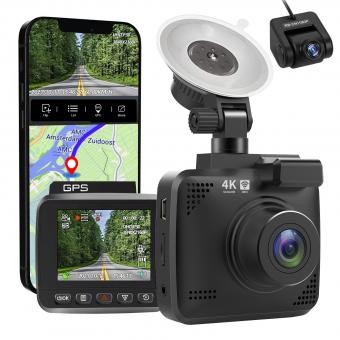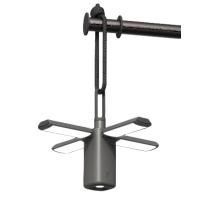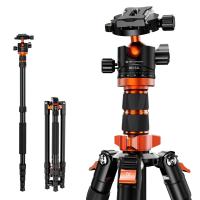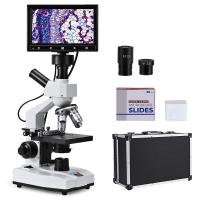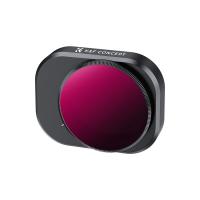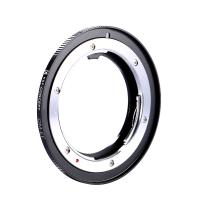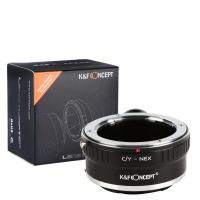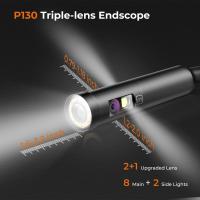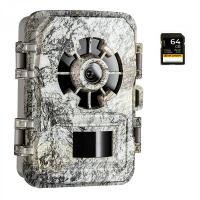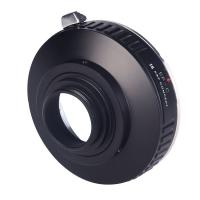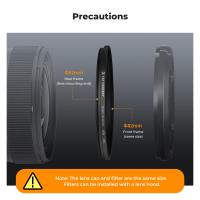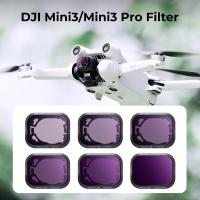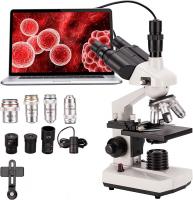How To Record Wifi Camera ?
To record a WiFi camera, you will need to follow the specific instructions provided by the manufacturer of the camera. Generally, you will need to connect the camera to your WiFi network and then use the manufacturer's app or software to access and control the camera. From there, you should be able to find options to record video or take snapshots. Make sure to check the camera's settings to adjust the recording quality, storage location, and other relevant parameters. Additionally, some WiFi cameras may offer cloud storage options or allow you to insert a memory card for local storage.
1、 Setting up the WiFi camera for recording
Setting up a WiFi camera for recording is a relatively simple process that can be done by following a few steps. Here's a guide on how to record WiFi camera footage:
1. Choose the right WiFi camera: There are various WiFi cameras available in the market, so it's important to select one that suits your needs. Look for features like high-resolution video, night vision, motion detection, and remote access.
2. Install the camera: Once you have chosen the camera, follow the manufacturer's instructions to install it. Typically, this involves mounting the camera in the desired location and connecting it to a power source.
3. Connect to WiFi: Most WiFi cameras require a wireless network connection to function. Use the camera's mobile app or web interface to connect it to your WiFi network. Make sure you have a stable and reliable internet connection for optimal performance.
4. Configure camera settings: Access the camera's settings through the mobile app or web interface. Set up features like motion detection, recording schedules, and video quality according to your preferences. Some cameras also offer cloud storage options for easy access to recorded footage.
5. Set up recording options: WiFi cameras usually offer multiple recording options. You can choose to record continuously, on a schedule, or when motion is detected. Select the option that best suits your needs and adjust the sensitivity settings to avoid false alarms.
6. Access recorded footage: Once the camera is set up and recording, you can access the recorded footage through the camera's mobile app or web interface. Some cameras also allow you to store footage locally on a microSD card or external hard drive.
It's worth noting that technology is constantly evolving, and new features and advancements are being introduced to WiFi cameras. Therefore, it's always a good idea to refer to the manufacturer's latest instructions and updates for the most up-to-date information on setting up and recording with WiFi cameras.

2、 Configuring the recording settings on the WiFi camera
To record a WiFi camera, you need to configure the recording settings on the camera itself. Here is a step-by-step guide on how to do it:
1. Connect the WiFi camera to your home network. Follow the manufacturer's instructions to connect the camera to your WiFi network. This usually involves downloading a mobile app and following the setup process.
2. Access the camera's settings. Once the camera is connected to your network, open the mobile app or web interface provided by the manufacturer. This will allow you to access the camera's settings.
3. Navigate to the recording settings. Look for the recording settings within the app or web interface. This may be located under a "Settings" or "Configuration" tab.
4. Choose the recording mode. Select the recording mode that suits your needs. Most WiFi cameras offer options such as continuous recording, motion detection recording, or scheduled recording. Choose the mode that best fits your requirements.
5. Set the recording duration and quality. Adjust the recording duration and quality settings according to your preferences. Higher quality recordings will take up more storage space, so consider the available storage capacity of your camera or any additional storage devices.
6. Enable cloud storage or local storage. Some WiFi cameras offer cloud storage options, allowing you to store recordings remotely. Alternatively, you can choose to store recordings locally on a microSD card or a network-attached storage (NAS) device.
7. Save the settings. Once you have configured the recording settings, save the changes. The camera will now start recording based on the selected mode and settings.
It's important to note that the specific steps may vary depending on the brand and model of your WiFi camera. Always refer to the manufacturer's instructions for detailed guidance.
From a latest point of view, many WiFi cameras now offer advanced features such as AI-powered motion detection, facial recognition, and even integration with smart home systems. These features enhance the camera's ability to detect and record relevant events, reducing false alarms and providing more accurate recordings. Additionally, some cameras now offer the option to receive real-time alerts on your smartphone when motion is detected, allowing you to monitor your home or office remotely.
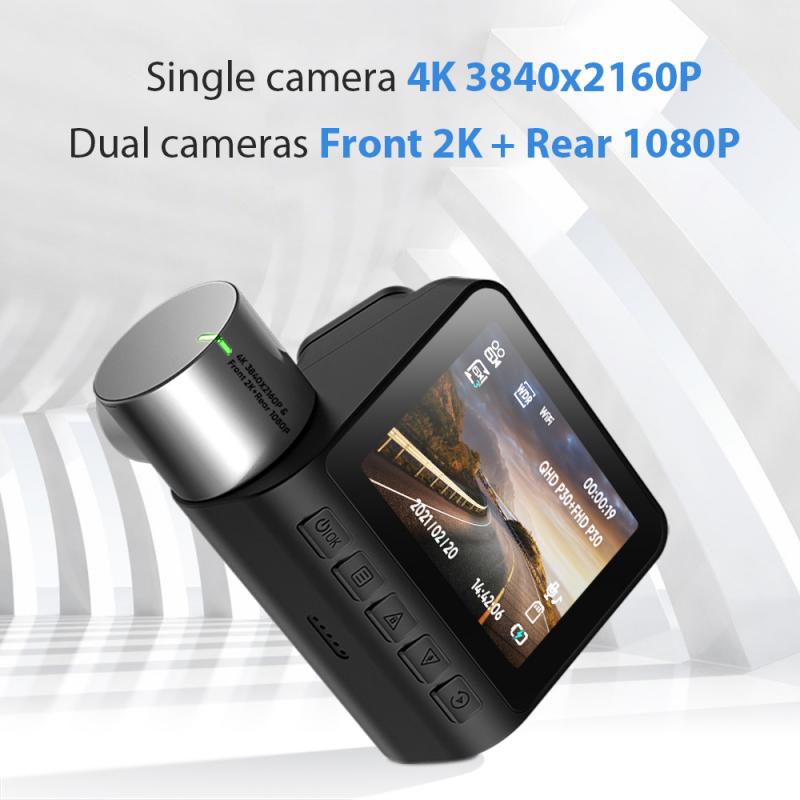
3、 Selecting the appropriate storage method for recorded footage
To record footage from a WiFi camera, you can follow these steps:
1. Install the camera: Set up the WiFi camera according to the manufacturer's instructions. This typically involves connecting it to your home network.
2. Download the camera's app: Most WiFi cameras come with a dedicated app that allows you to control and access the camera's footage. Download the app from the App Store or Google Play Store.
3. Connect to the camera: Open the app and follow the instructions to connect to the camera. This usually involves scanning a QR code or entering a unique camera ID.
4. Configure recording settings: Once connected, you can customize the camera's recording settings. This includes options such as continuous recording, motion detection, or scheduled recording.
5. Select storage method: WiFi cameras offer various storage options for recorded footage. The most common methods include:
- Cloud storage: Many WiFi cameras offer cloud storage plans where the footage is securely stored on remote servers. This allows you to access the recordings from anywhere with an internet connection. However, it may require a subscription fee.
- Local storage: Some WiFi cameras have built-in SD card slots or USB ports for local storage. This method allows you to save the footage directly onto a memory card or external hard drive connected to the camera.
- Network-attached storage (NAS): If you have a NAS device on your home network, you can configure the WiFi camera to save the recordings directly to the NAS. This provides a centralized storage solution for multiple cameras.
When selecting the appropriate storage method, consider factors such as cost, accessibility, and security. Cloud storage offers convenience and remote access, but it may come with recurring fees. Local storage provides a one-time investment but may limit access to the footage if the camera is stolen or damaged. NAS storage offers a balance between convenience and control, allowing you to store footage locally while still accessing it from multiple devices.
It's important to note that the latest point of view in the field of WiFi camera recording is the increasing popularity of cloud storage. With advancements in technology and internet speeds, cloud storage has become more reliable and affordable. It offers the advantage of off-site storage, ensuring that your footage is safe even if the camera or local storage device is compromised. Additionally, cloud storage often includes features like AI-powered video analytics and easy sharing options. However, it's essential to carefully review the terms and conditions of the cloud storage provider to ensure data privacy and security.
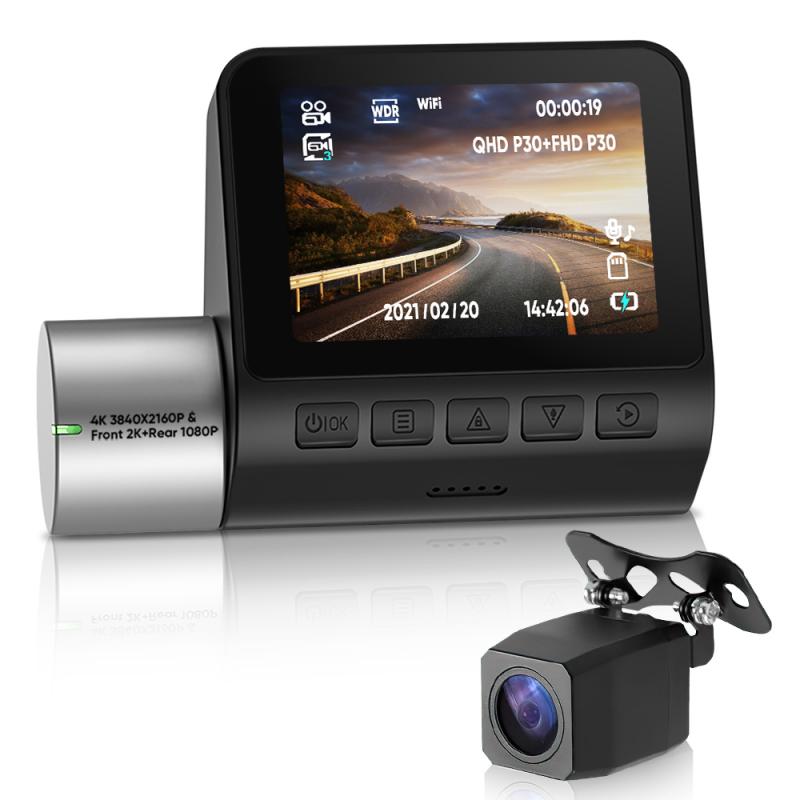
4、 Understanding the different recording modes available on WiFi cameras
Understanding the different recording modes available on WiFi cameras is essential for effectively capturing and storing footage. WiFi cameras offer various recording options to suit different needs and preferences. Here's a guide on how to record with a WiFi camera and an overview of the latest advancements in this field.
1. Continuous Recording: This mode allows the camera to record continuously, capturing every moment. It is ideal for monitoring areas that require constant surveillance, such as homes or businesses. The footage is saved on a local storage device or in the cloud.
2. Motion-Activated Recording: In this mode, the camera only records when it detects motion. This helps conserve storage space and makes it easier to review relevant events. Users can set sensitivity levels to avoid false alarms triggered by minor movements.
3. Scheduled Recording: WiFi cameras can be programmed to record at specific times or intervals. This mode is useful for capturing events that occur predictably, such as deliveries or employee shifts.
4. Event-Triggered Recording: Some WiFi cameras can be integrated with other smart devices, such as door/window sensors or smoke detectors. When these devices are triggered, the camera starts recording. This mode enhances security and provides a comprehensive view of events.
5. Live Streaming: Many WiFi cameras offer the option to live stream footage to a smartphone or computer. This allows users to monitor their property in real-time, even when they are away.
The latest advancements in WiFi camera recording include improved motion detection algorithms, which reduce false alarms, and the integration of artificial intelligence for more accurate event recognition. Additionally, cloud storage options have become more popular, providing convenient access to recorded footage from anywhere.
To record with a WiFi camera, follow these general steps:
1. Set up the camera according to the manufacturer's instructions.
2. Connect the camera to your WiFi network.
3. Install the camera's companion app on your smartphone or access the camera's web interface on your computer.
4. Configure the recording mode and settings according to your preferences.
5. Ensure that there is sufficient storage space available, either on a local device or in the cloud.
6. Monitor and review the recorded footage as needed.
Remember to regularly check the camera's settings and update its firmware to benefit from the latest features and improvements.


